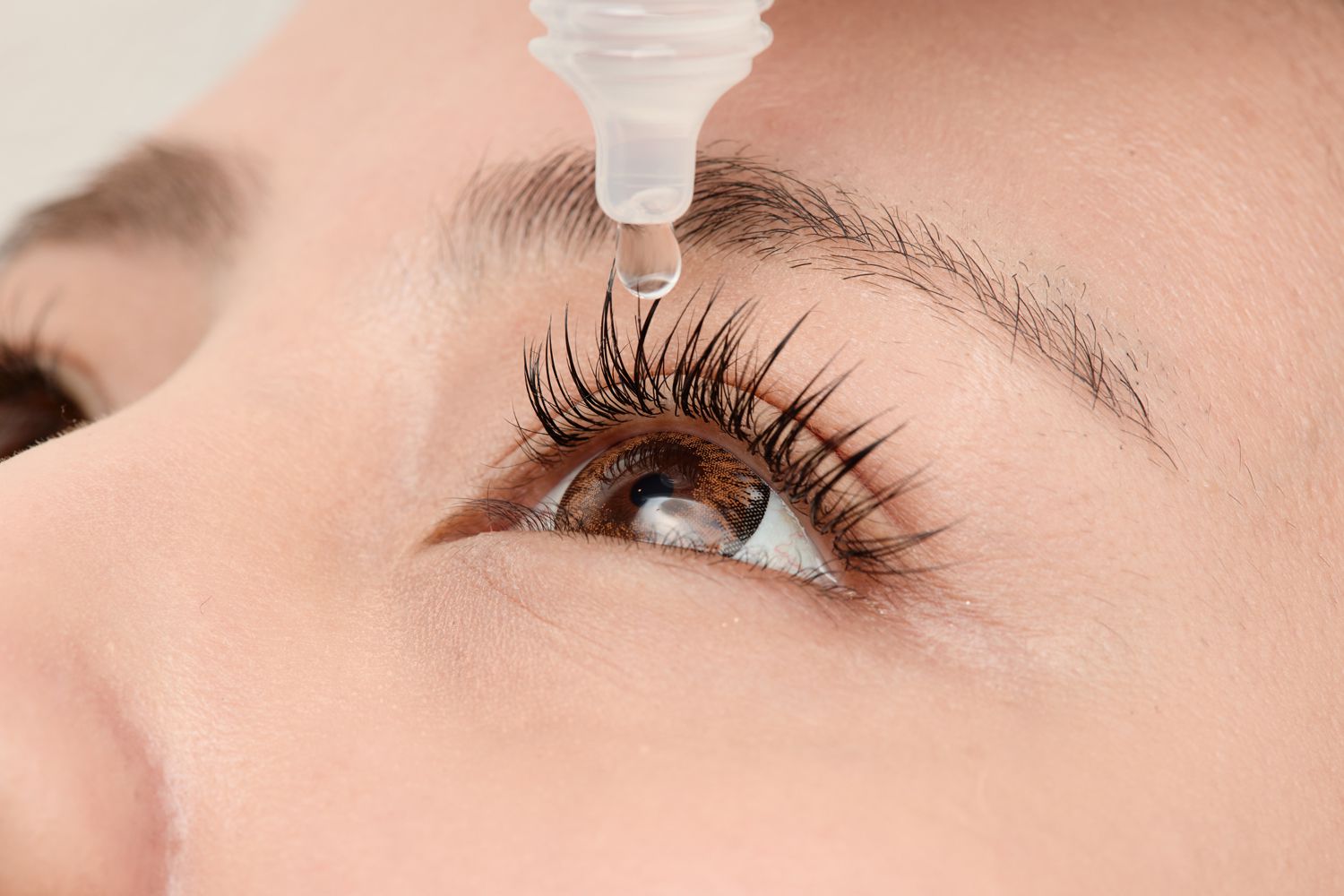Infection
26 Popular Eye Drops Brands May Cause Infections, Blindness, FDA Says
The Food and Drug Administration has advised people to stop using 26 leading over-the-counter eye drops due to the presence of bacteria that could cause eye infections — and even blindness.
As the advisory pointed out, “These products are intended to be sterile. Ophthalmic drug products pose a potential heightened risk of harm to users because drugs applied to the eyes bypass some of the body’s natural defenses.”
“Despite layers of protection, eyes are vulnerable to disease,” the Cleveland Clinic explains.
CVS (which had 9 drops on the list), Rite Aid (which had 6 drops listed) and Target (which had 3 types of drops from its Up & Up brand) have already pulled the drops from their shelves, according to a New York Times report, which pointed out that other drops — from Leader, Rugby and Velocity — may still be available for purchase.
ROBYN BECK/AFP via Getty
Never miss a story — sign up for PEOPLE’s free daily newsletter to stay up-to-date on the best of what PEOPLE has to offer, from juicy celebrity news to compelling human interest stories.
The FDA advisory, issued last Wednesday, charged that agency investigators found “insanitary conditions” at the manufacturing plants for these drops.
Although the agency didn’t clarify which types of bacteria were found to be present, this past spring, there was a previous recall on eye drops after three people died after contracting an antibiotic-resistant bacteria — and others were left with permanent blindness after using EzriCare Artificial Tears.
Additionally, in August, Dr. Berne’s MSM Drops 5% Solution and LightEyez MSM Eye Drops were discovered to contain bacteria, fungus and an ingredient that’s not legally allowed to be included in eye drops.
Twenty-six leading brands were listed in the latest advisory, which recommended they be recalled.
Although the FDA’s advisory does mention that there haven’t been any reports of eye infections caused by the drops, the agency warned customers to immediately stop using these drops.
The Mayo Clinic advises that while red eyes isn’t necessarily a cause for alarm, “call your health care provider for an appointment if you have red eye that doesn’t clear up after several days, especially if you have thick pus or [mucus] for a long time.”
You should see immediate medical care, the Mayo Clinic says, if your eyesight changes, you begin to see circles around lights or you experience other symptoms, like headaches, fever or nausea.

